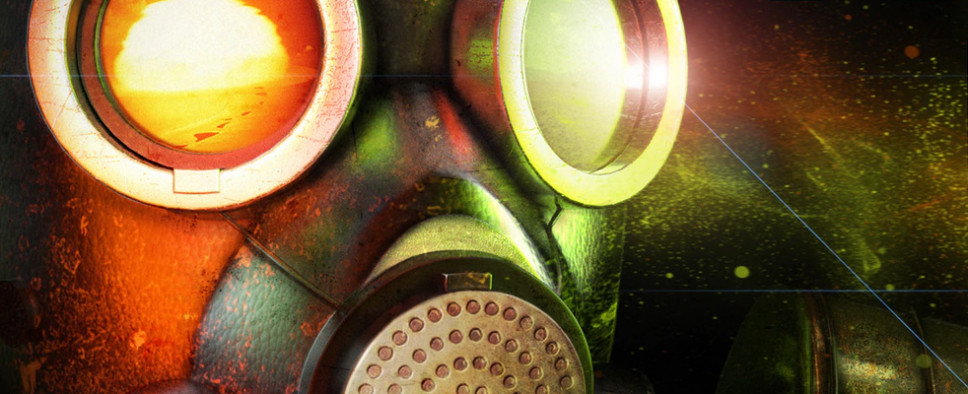ATOM RPG Patch v1.07 Available
-
Category: News ArchiveHits: 2088

The latest patch for the post-apocalyptic ATOM RPG fixes a heap of small issues, adds a new tutorial map, deals with some typos, and reworks the game's random encounter balance. And with that out of the way, the developers can now focus on their next major update that will be introducing new quests and locations to the game.
Check out the patch notes:
Hello, friends!
Tonight, we offer you our newest patch, numbered 1.07.
We worked on it for quite a while, so we really hope you will like what it brings to the game.
Here is the log of the main changes:Thank you for sticking with us. Now, we’re off to make the big update which will include new locations and quests. Stay tuned :)
- Reworked random encounters, changed fight balance. WIP.
- Added new map - ATOM base - and tutorial.
- Fixed car bugs.
- Stock renew on save-load fixed.
- Circus location bugs fixed, now quests are correctly given out and failed.
- VIL-A fixed.
- Xander P-603 fixed.
- Informer fixed.
- Castle leader’s quest line fixed, consequences added to different approaches.
- Peregon’s government quest fixed, now you can correctly dispose of every leader.
- You can now get to the ship in Krasnoznamenny while playing the Chaos route.
- Minor bug fixes in all major settlements.
- Typos and weird phrasing fixed in parts of the translation. WIP.
- New recipe books for crafting.
- Better optimization of the game.
- Companions AI improved.
And while you're here, you may also be interested in this recent Kotaku article that offers a short overview of ATOM RPG. An excerpt:
Nearly every Steam review and description of Atom RPG I read said the same thing: It’s old-school Fallout, but Soviet. “That can’t be,” I said to myself as I waited for the game to download. “That’s too reductionist.” A few hours of playtime later, I’ve revised my opinion: Atom is old-school Fallout, but Soviet.
This is a good thing, for the most part. The setting of a Russian wasteland—the product of a 1986 nuclear escalation that, in the game’s fiction, destroyed both the Soviet Union and the Western Bloc—is atmospheric and hostile, but far from humorless. Combat is turn-based and heavily stat-driven. There are dialogue options aplenty, and you can level up your speechcraft, which lets you talk more gooder. That’s arguably the most important stat in the game, since you need it to talk your way through hairy situations. Also, everybody calls each other “comrade.”
The game also wears its old school influences on its sleeve, meaning that it opens with a classic big ol’ list of under-explained character stats that you can (and probably will) screw up if you don’t consult one of the few comprehensive English-language guides that other players have made. And even then, you’ve got to invest a ton into some stats to even make them functional. Overall, it’s difficult to create a well-balanced character. In part because of that, the game can also be pretty hard.

